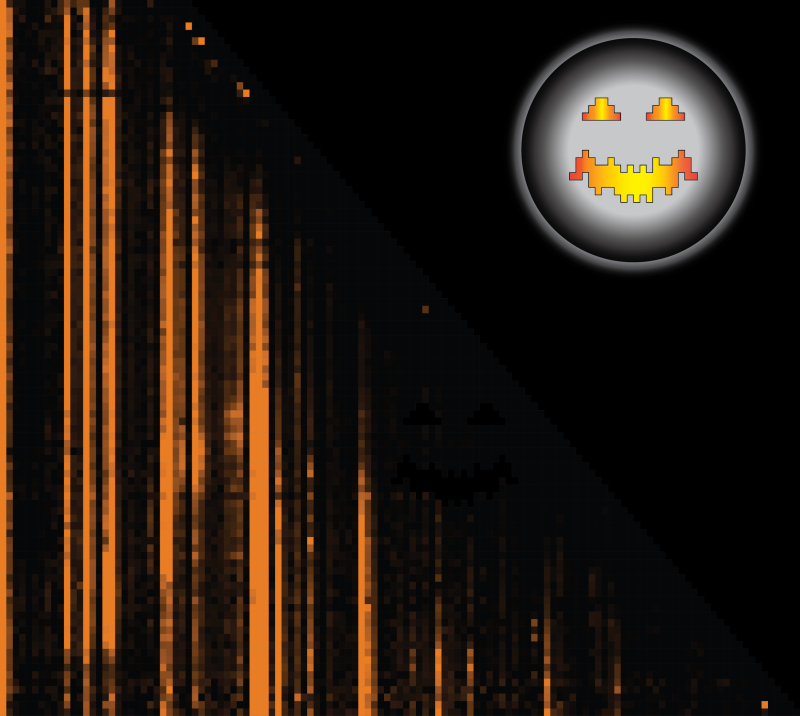Kyle, Eric, and Angela’s paper “Cotranscriptional Folding of a Riboswitch at Nucleotide Resolution” is online in Nature Structural and Molecular Biology and a featured news story through Northwestern. With the development of cotranscriptional SHAPE-seq, this paper marks a milestone in RNA biology as the first strategy for the measurement of nascent RNA structure at nucleotide resolution.
For several decades it has been known that RNA folds as it’s synthesized by RNA polymerase and that the cotranscriptional nature of RNA folding is important for RNA function. Despite the central role of RNA structure in crucial cellular processes, we still know very little about how RNAs fold because of the difficulties associated with determining nascent RNA structures. The fundamental goal of this paper was to address this technological gap by using SHAPE-Seq to characterize the structure of every intermediate transcript while the RNA is in complex with RNA polymerase. By halting transcription at every position across a DNA template we could then leverage the throughput of SHAPE-Seq to characterize all intermediate complexes simultaneously.
We validated our approach using the E. coli signal recognition particle (SRP) RNA. Pioneering work in the characterization of cotranscriptional RNA structure found that as the SRP RNA emerges from RNA polymerase it forms a short hairpin structure that later refolds to produce the final SRP fold. Through cotranscriptional SHAPE-Seq we found that we could observe this structural rearrangement in our data. Having validated the technique, we set out to gain novel biological insight into how RNA can make genetic decisions by studying the folding pathway of a riboswitch.

Riboswitches are a prototypical example of how RNA molecules can allow the cell to sense and respond to changes in its environment. We chose the fluoride riboswitch from the bacterium Bacillus cereus, which senses fluoride in the environment and controls the expression of a fluoride transporter by anti-terminating transcription when fluoride is bound. Cotranscriptional SHAPE-seq allowed us to observe how the riboswitch folds into a structure that can sense fluoride and how fluoride binding changes the riboswitch structure to control gene expression!
The development of cotranscriptional SHAPE-seq opens the floodgates for high-resolution measurement of cotranscriptional RNA structure and we’re very excited for what’s to come! The blackbox of RNA folding is finally being illuminated!